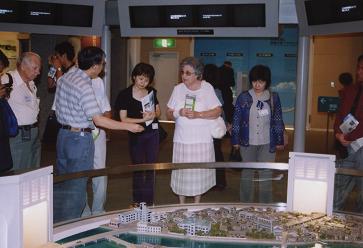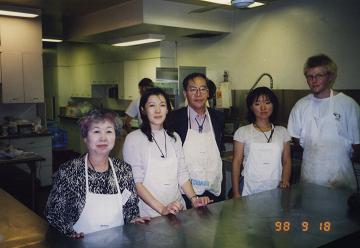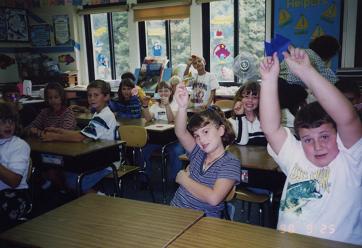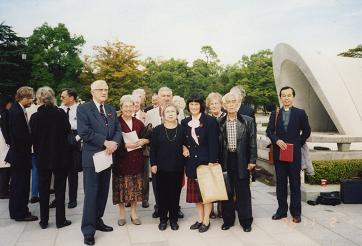2007年07月03日
1 Sweden
My First Trip
Hjördis Andersson, a Swedish missionary, used to live near my house in Hiroshima. She had a large number of visitors from all over the world. Whenever she had guests, I told them about my experiences of the A-bombing and showed them Peace Memorial Museum. In September 1995, she returned home on leave and I decided to follow her and visit Sweden. When I was preparing for the trip, some friends said they also wanted to go. The number increased day by day and the party numbered 17 in all.
In Stockholm, our first destination, we visited the church of Pastor Karin Jansson who was proficient in Japanese. From then, every time I went on a peace pilgrimage around Stockholm, she served as interpreter. At the end of 2003, we received the sad news that she had passed away of a heart attack at the age of 54. I didn’t know how to deal with my feelings.
Two days later, we moved to Jönköing, an inland town in the south. They had a potluck party and we Japanese were supposed to bring sushi and jiao-zi. While my friends were preparing them, I was interviewed by a newspaper reporter. I talked about my A-bomb experiences only briefly, but tears welled up out of his eyes. He said, wiping the tears away with his fair-haired arm, “My country doesn’t take part in war and I cannot imagine such atrocity. Considering the current world situation, my country should contribute to the realization of world peace. I will write a good article.” He was a young and sensitive-looking reporter.
The party started when the Swedish folk music band and dancers came in. We also joined in the circle of dancing.
“I understand why the Japanese are small. With two thin chopsticks, food will fall off before it reaches your mouth,” said one old man. Friendly conversations made us forget the passage of time.
The next day, the article about me appeared in the newspaper. The people who had read it made a request that I should come back and talk about my A-bomb experiences. Hjördis said, “Let’s make a peace tour. I will serve as interpreter.” It was realized in 2001, after she retired and returned home.

(Picture) I enjoyed dancing with people in a Swedish costume.
- Permalink
- by カーク美佳
- at 13:20
- in 02-Planting Seeds for Nuclear Abolition 001-010








